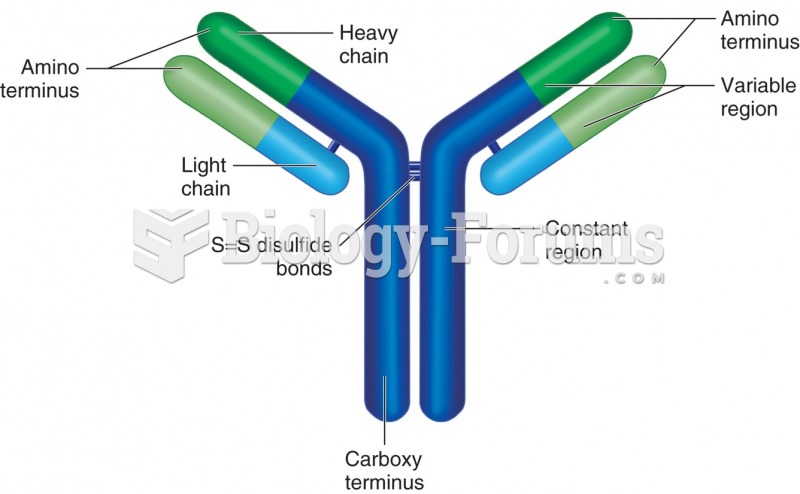This topic contains a solution. Click here to go to the answer
|
|
|
Did you know?
Giardia is one of the most common intestinal parasites worldwide, and infects up to 20% of the world population, mostly in poorer countries with inadequate sanitation. Infections are most common in children, though chronic Giardia is more common in adults.
Did you know?
Thyroid conditions cause a higher risk of fibromyalgia and chronic fatigue syndrome.
Did you know?
Everyone has one nostril that is larger than the other.
Did you know?
Your heart beats over 36 million times a year.
Did you know?
Medication errors are more common among seriously ill patients than with those with minor conditions.







